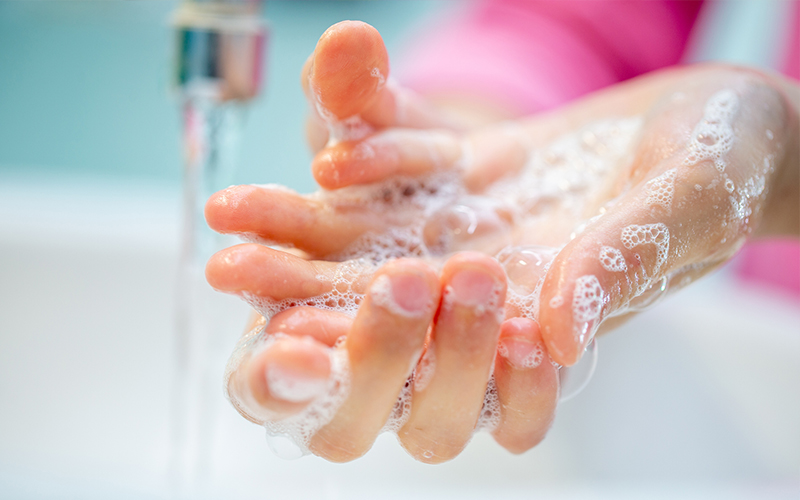TOPICS
OCD & Related Disorders
Obsessive-compulsive disorder (OCD) and related disorders involve both intense thoughts or worries and repetitive behaviors that kids perform to control or soothe them.

About OCD
Children with OCD experience persistent unwanted thoughts — called obsessions — which are typically upsetting and difficult to control. To calm the anxiety caused by their obsessions, they develop repetitive actions or rituals — called compulsions. Kids as young as 5 can develop OCD, and they often hide their rituals until they become too overwhelming.
OCD obsessions can range from intense fears of contamination to worries that a loved one will die. Disorders related to OCD include trichotillomania (hair pulling), excoriation (skin picking), hoarding, and body dysmorphic disorder, which all center on obsessive thoughts or repetitive actions. Some children suddenly develop OCD and other symptoms after they have had an infection, such as strep or a staph infection. This is a disorder called PANDAS or PANS. Our resources can help navigate OCD and related disorders, from diagnosis to treatment.

OCD Basics
While OCD can look like someone frequently washing their hands or flipping light switches, these are not the only ways the disorder presents itself. Sometimes obsessions and rituals aren’t apparent to an outside observer because they happen internally in the child’s head. Here are the ABCs of OCD.

Varieties of OCD
Germs are a common anxiety for kids with OCD, but obsessions can vary widely, from disturbing thoughts about religion or sex, to an extreme fear of vomiting.
When OCD is Invisible
Having highly visible compulsions can draw unwanted attention. But OCD can be just as challenging for kids who hide or suppress their compulsions. This can lead to anger, depression, or explosions at home. Having some insight can help both kids and their families.

OCD in School
Recognizing OCD in the classroom can be tricky, because symptoms can be confused with other diagnoses. For example, a child who is preoccupied with obsessions may appear to have ADHD. If they refuse to participate in activities because they are too anxious, it can look like defiance. Here’s what teachers need to know about what OCD can look like at school and how they can help.
- What Does OCD Look Like in the Classroom?
- Teacher’s Guide to OCD
- What Teachers Should Know About OCD
Treatment for OCD
Behavioral treatments — such as exposure and response prevention (ERP) — are the most effective treatments for OCD, sometimes in combination with medication.

PANS, PANDAS, and Acute-Onset OCD
If OCD symptoms along with other distressing behaviors seem to come out of nowhere, it could be PANS or PANDAS, severe forms of OCD that can appear suddenly in young children following an illness. Treatment differs from the typical approach to OCD.

Trichotillomania (Hair-Pulling)
Children with trichotillomania pull out hair from their scalp or other parts of their body, sometimes without even realizing that they are doing it. It becomes problematic when they begin to develop bald patches or ingest their hair, which can cause stomach issues.

Excoriation (Skin-Picking)
Skin-picking is not always worrisome, but it can become a disorder when a child (usually a teenager) can’t stop.
Body Dysmorphic Disorder
Kids who are extremely worried about a very minor or completely imagined flaw in their appearance may have body dysmorphic disorder.

Hoarding
While hoarding disorder is no longer considered a type of OCD, it shares many characteristics, and the disorders can co-occur. Kids who hoard save things most people find worthless and get very emotionally attached to their possessions.

OCD Families Share Their Stories
When a child has OCD, it can impact the entire family. Here, families share their stories about overcoming OCD together.
All OCD
Resources
